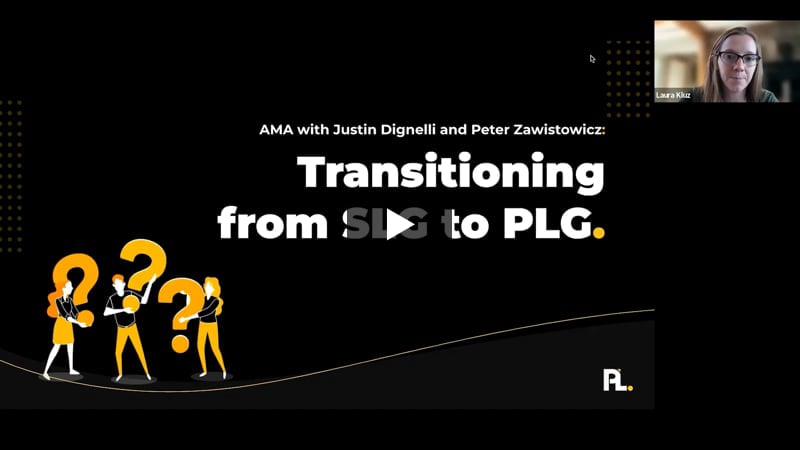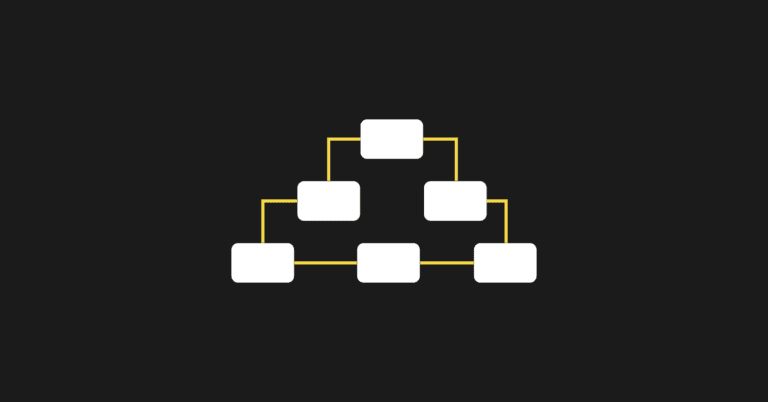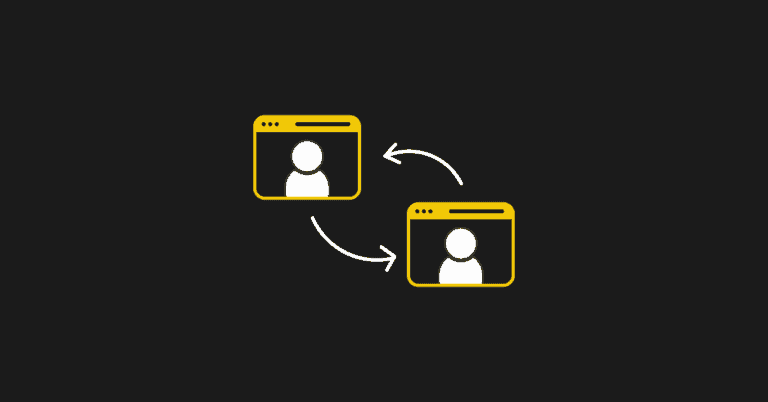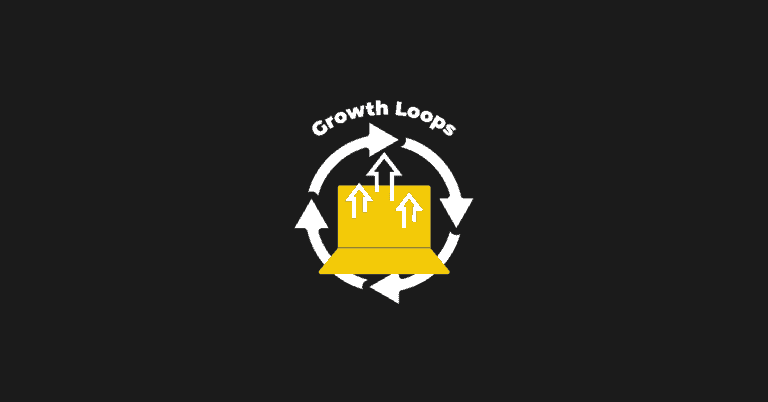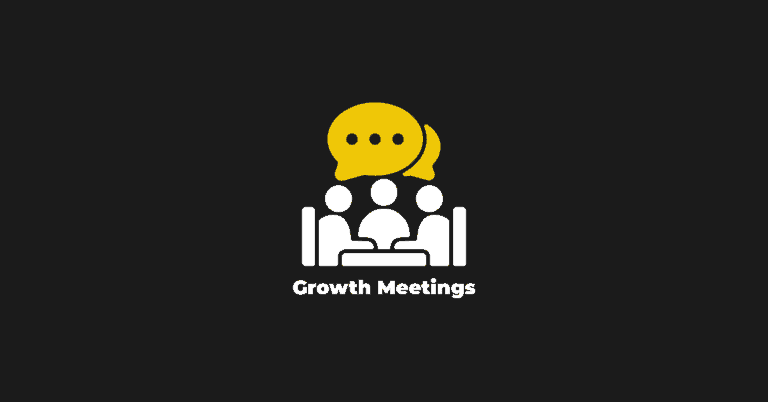It’s no secret. Transitioning from sales-led growth (SLG) to product-led growth (PLG) is tough.
When you're thinking about making the transition (or already in the midst of it), you’re probably overwhelmed with a million questions.
That's why this post will cover the most frequently asked questions we typically receive about making the switch to PLG.
Let’s delve into your top ten questions and explore examples from MongoDB and Pace App along the way.
Q1: What Are Some Key Metrics or Qualitative Data That Would Suggest That a PLG Strategy Would Work?
At MongoDB, a developer data platform, the decision to pursue a PLG strategy was validated by the following key factors:
1. Open-Source Realm
MongoDB's open-source world aligned with product-led growth, allowing users to access the product without any barriers or payment hurdles.
2. Developer Tools
Users have come to expect on-demand experiences from platforms like Amazon Web Services (AWS) and Microsoft. MongoDB faced the challenge of meeting customers' expectations for a low-friction experience in acquiring and paying for the product without relying on sales interactions, despite offering a superior experience compared to competitors like AWS.
3. Understanding Customer Expectations
Analyzing customer usage of other tools and mapping their preferred buying journey provides valuable insights. Assessing the number of stakeholders involved in the decision-making process helps determine if a product is a good fit for a PLG strategy.
4. Examining Competitors
Understand why customers gravitate toward competitors offering self-serve and product-led solutions. Aligning with customer expectations and preferences is essential to capture the market segment that prefers self-service options.
5. Product Self-Service Readiness
When assessing the suitability of your current product for a self-service approach, straightforward, transactional, single-user products present the easiest opportunity for transformation into a self-service experience.
MongoDB is a prime example of a user-friendly developer tool that enables users without prior database experience to get up and running within minutes.
On the other hand, if you're selling a more complex B2B solution that involves multiple stakeholders and integration with various systems under their control, achieving a PLG approach will require more effort and product investment.
Tracking key SaaS metrics and adjusting your unique product strategy accordingly is important as you transition from SLG to PLG.
Q2: What Are the Most Important Things to Consider When Setting up Data Modeling for User Activity?
Gain meaningful insights to drive decision-making and enhance customer engagement by considering these key factors to effectively set up data modeling for the user activity.
1. Define Decision-Making Requirements
Determine the specific information that is critical for making informed decisions regarding user activity. You need to identify what data points will have the greatest impact on how you engage with users.
At Pace, for example, our focus is assisting sellers at product-led companies to engage meaningfully with customers and prioritize their interactions. We emphasize the significance of understanding key details such as whether a customer is on a free plan or a paid plan, as it influences the approach taken in engaging with them.
2. Start With a Qualitative Approach
Accessing comprehensive data is challenging when you’re transitioning from SLG to PLG. In such cases, qualitative data becomes invaluable. This includes engaging with customer-facing teams, analyzing close-loss data, and collaborating with product leaders to develop strategies for customer segmentation.
Consider the questions you want to answer when interacting with users. What information would make your conversations more productive and valuable?
This qualitative approach helps guide the process and ensures that you gather the necessary insights to enhance customer interactions.
3. Prioritize Key Metrics
Tracking too many metrics leads to difficulty in distinguishing signals from noise.
Begin by assessing the extent of the customer's product usage. Determine the level of engagement, activation of specific features, and understanding of usage patterns.
Then, prioritize and focus on a select few key data points rather than overwhelming yourself with excessive information.
4. Categorize Customer Data
Classifying information into three distinct buckets – properties, metrics, and events – allows for a pragmatic approach to data systems and availability.
Properties encompass static traits about customers, metrics capture numerical representations of key indicators, and events reflect user activity within the product, with a few critical events being sufficient to gain valuable insights.
5. Establish Iterative Data Collection
Recognize that data requirements evolve. Work closely with the data team or those responsible for data collection to establish an iterative process for refining and expanding data needs. Regularly communicate changes and updates to ensure alignment.
6. Leverage a Diverse Range of Data Sources
As your product develops, don't solely rely on quantitative data. Incorporate the value of qualitative data from customer interactions, close loss analysis, or input from Product leaders. Doing so helps enhance customer segmentation and understand key moments in the customer lifecycle.
7. Examine the Business Context
Know the specific questions you need to answer based on your product and company goals.
If you aim to convert free users to paid customers, for example, then identify relevant data points related to usage patterns, payment behaviors, or customer segmentation.
8. Avoid Data Overload
Don’t start with a large volume of data and struggle to distill it down to what truly matters.
Instead, begin with a modest set of three or four key data points and exercise restraint, knowing that additional data can always be incorporated later.
Q3: When Should Sales Get Involved in the Lead Journey?
Sales should get involved in the lead journey at different stages of the customer lifecycle based on their distinct needs and intent.
In the traditional SLG approach, the flow involved marketing, sales, and post-sales.
However, in the new world of product-led growth, where customers have direct access to the product and self-service options, determining the right time for sales involvement becomes crucial.
The goal is to reduce friction – technical or commercial – at specific stages in the customer lifecycle.
At MongoDB, the decision on when to involve sales depends on the customer type and the potential impact on margins.
To focus on the most effective sales motions and allocate resources more efficiently, MongoDB implemented this three-point strategy:
- Identifying distinct motions and qualification criteria
- Training the team accordingly
- Leveraging product signals and website navigation data to better understand when to involve sales in PLG.
Q4: How Did Marketing’s Role in the Organization Evolve?
The role of marketing changes and adapts as companies shift focus from sales-led to product-led.
Marketing's role at MongoDB expanded to encompass not only generating leads and awareness but also driving user adoption, engagement, and revenue growth within a product-led context.
Here are five ways the role of marketing reps can evolve as your company transitions to PLG:
1. Adaptation of Priorities
At MongoDB, the shift to product-led required marketing to adapt and prioritize driving signups for the product instead of generating leads or white paper downloads.
2. Changes in Metrics and Targets
In SLG, the performance of marketing at MongoDB was evaluated based on metrics such as MQLs (Marketing Qualified Leads), white paper downloads, and webinar signups.
However, with the product-led approach, marketing's metrics shifted towards measuring sign-ups, cost per acquisition, efficiency, and even self-serve revenue generated per channel.
This change reflects a focus on tracking user engagement and conversion within the product itself.
3. Expanded Influence on the Product Experience
In a PLG model, marketing's role extends beyond traditional marketing channels. They have a larger focus on influencing the end product experience and user touchpoints. This can involve partnering with product teams, user documentation, and customer success and support teams to enhance the overall user journey and achieve marketing goals.
4. Adopt a New Sales Motion
Marketing collaborates with sales teams in PLG to identify the right sales motions for different customer segments. These motions may include conversion, retention, expansion, consolidation, and upsell. The role of marketing is to identify customer needs, drive the appropriate motions, and align them with the sales teams.
5. Emphasis on Education and Guiding Users
In PLG, a significant portion of your influence on metrics comes from product-focused content.
As a marketer, a significant emphasis is placed on educating users about the journey from point A to point B. Your channels extend beyond conventional website and market-centric activities to encompass a wider focus on the platforms and channels where your users are present.
At MongoDB, this expanded scope allows marketing to shape the end product experience by leveraging tools like user flow, app queues, etc. to impact the product experience.
Q5: What Are Some Things You Have Tried and Realized Didn’t Work and How Did You Pivot?
Let’s break down two examples of transition strategies that weren’t successful at MongoDB and how we pivoted.
Failed Strategy 1: Focusing the Sales Team on the Free Tier
MongoDB’s strategy of focusing the sales team on converting the free tier resulted in remarkably low conversion rates. It became evident that the effort invested in converting free users to paid subscriptions was not yielding substantial returns. Therefore, it is crucial to pivot and rethink the allocation of sales resources and prioritize more valuable opportunities.
Failed Strategy 2: Lack of Incentives and Targets for Driving New Outcomes
In another example, establishing the right processes and tools alone was insufficient if the individuals involved were not motivated to drive the desired outcomes. Incentives and targets play a significant role in shaping behavior.
We learned the importance of ensuring alignment across various teams, including sales, marketing, customer success, and support, to avoid overwhelming customers with excessive communications and deliver a positive experience.
Q6: Is Product-Market Fit a Prerequisite for PLG?
Yes, product-market fit is a crucial prerequisite to establishing a product-led strategy.
There are two challenges when implementing a PLG strategy with a product that hasn't achieved product-market fit:
- First, you might miss out on high-quality feedback that can significantly benefit your product development.
- Second, achieving success will be more challenging, as you'll need a larger volume of users to gather meaningful insights and feedback.
Having a product-market fit helps establish a scalable and profitable PLG strategy.
During the early product-market fit phase, while introducing self-service aspects to your product is possible, any direct communication you have with users is invaluable. Engaging in conversations with users enables a deep understanding of their perspectives, including their thoughts, preconceptions, and challenges related to your product.
Q7: What Issues Have You Seen in the Bifurcation of the Customer Journey From One Self-Serve to Two PQA PQL Recommendations to Getting Buy-In?
Initially, MongoDB treated its self-serve business and sales-led business as separate entities. From the customer's perspective, they saw MongoDB as a single entity, regardless of whether they were self-serving or interacting with a sales rep. They expected a consistent experience, but internally, we viewed them as two distinct channels.
Over time, we realized that, to the customer, it didn't matter if they were PayGo or committed customers; they were simply paying customers.
This realization created challenges.
MongoDB unintentionally created the wrong incentive. The company focused on growing the self-serve channel and keeping customers as pay-as-you-go for as long as possible to meet our targets. Yet, some customers might have benefited from sales-led management or reached a steady state where they didn't require human oversight.
These were actually two interconnected channels, but our different measurements, management approaches, and rules of engagement made it messy when customers crossed over.
To address this issue, we started by defining how we measured success in the funnel and developed a broader customer engagement strategy to determine when human engagement is necessary.
Consider creating an engagement matrix that outlines who should be involved, when, and why. Factors like spending amount or customer profile may influence the engagement level.
How to Get PQL Buy-In
When it comes to product quality accounts (PQAs) and product quality leads (PQLs) recommendations, start with a basic approach and gradually refine it. Think about segmentation, different sales motions, and the levels of PQL.
Some recommendations may simply raise awareness, while others may require immediate action. MongoDB initially used simple criteria like free tier sign-ups or credit card input, but you can also adopt a more comprehensive framework.
Getting PLG buy-in is crucial, and excluding the sales team without any discussion can backfire.
At MongoDB, we established an internal round table where we openly discussed the changes and involved the sales team in the decision-making process. We also conducted small-scale experiments in the lower market segments to test and refine our strategies before rolling them out company-wide.
Remember that change should be introduced gradually to minimize disruption.
Scaling slowly and carefully can mitigate the potential negative impacts of disrupting an existing sales-oriented system.
Q8: What Are Some Rules of Engagement for Customer Communications When Transitioning to PLG?
When transitioning from a sales-led to a product-led approach, companies often grapple with various questions concerning rules of engagement. One area of focus is effectively organizing customer communications and precisely targeting the right individuals at the right time.
Here are guidelines for tackling these challenges:
1. Begin by understanding the customer journey and then working backward.
To address concerns about organizing customer communications, an effective strategy is to periodically sign up for your own product using a throwaway Gmail account. This simple action can reveal surprising insights about the effectiveness of your targeting efforts and help identify any gaps or mismatches.
2. Engage with internal stakeholders.
Do this crucial step even if it requires persuading them to embrace new processes or make necessary changes.
Finding a win-win situation can be achieved by relieving operational work from support and customer success teams, for example, by routing specific communications through onboarding emails. Although this may involve relinquishing some control over when and how emails are sent, the trade-off is gaining better visibility and oversight of the communication process.
3. Establish agreed-upon segmentation across different functions.
This means defining criteria for excluding certain customers from targeted outreach using the sales engagement platform.
For instance, free-tier customers who do not belong to top-named accounts may fall into this category. By enforcing these rules of engagement, an operations team plays a vital role in maintaining consistency and ensuring compliance.
As volumes increase and self-service teams gain prominence, the significance of these rules of engagement becomes even more pronounced. Having an operations team inspect and enforce these guidelines helps navigate the challenges associated with growth and brings focus to the self-service team motion.
Q9: If You Hold Users and Let Sales Not Engage Immediately, Have You Taken Reps off Quota to a Certain Extent in the Test Bed?
In our test bed, MongoDB implemented a strategy where immediate sales engagement was delayed in order to focus on user retention. As a result, the decision was made to partially remove quota responsibilities for the sales representatives involved in the pilot.
Previously, their compensation was based on upfront commitments, but we completely changed the approach by introducing a different type of quota.
It was crucial for MongoDB to ensure that the sales representatives didn't quit during the transition to PLG, so we consciously decided to support them and find ways to compensate them adequately. We had conversations with some of them to alleviate their concerns and keep them motivated.
This experience help MongoDB realize that our sales representatives couldn't achieve success because we lacked the necessary tools to identify the right customers to engage with. However, when they did engage with the right customers at the appropriate moment in the customer lifecycle, positive outcomes were observed.
The pilot test demonstrated that this challenge wasn't exclusive to the small team involved but was, in fact, a capability required by the entire sales and go-to-market function of the company. This realization heavily influenced the development of the initiative.
If you plan to implement a similar approach, begin by identifying a subgroup of open-minded professionals who have a passion for expanding their careers and learning. It's essential to take care of their well-being, and if they experience excessive difficulties, it may be necessary to address the issues promptly.
Q10: When You Make This SLG to PLG Transition, How Do You Compensate Sales Reps?
It's hard to strike the perfect balance when it comes to sales rep compensation. You can either underpay or overpay.
MongoDB preferred to overpay sales reps initially, invest in building the necessary skills, and garner support, rather than trying to be too clever and risking failure.
If nobody buys into your sales-led to product-led approach, it will ultimately lead to failure. So, if you're considering pursuing this path, it's crucial to ensure that your CEO and management are fully onboard and willing to accept the possibility of overpaying initially to establish the required capabilities.

